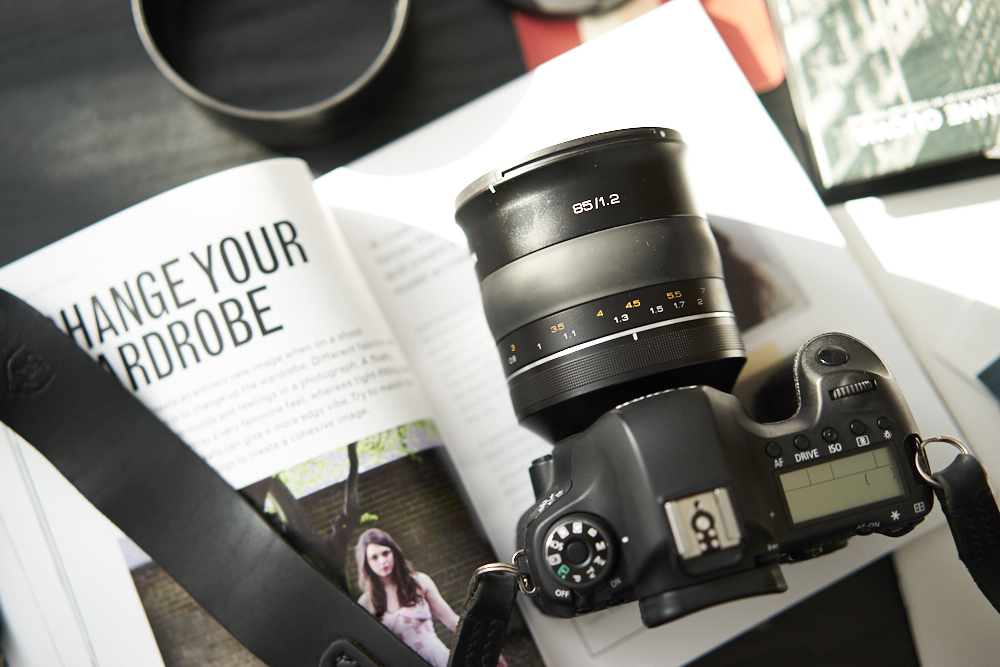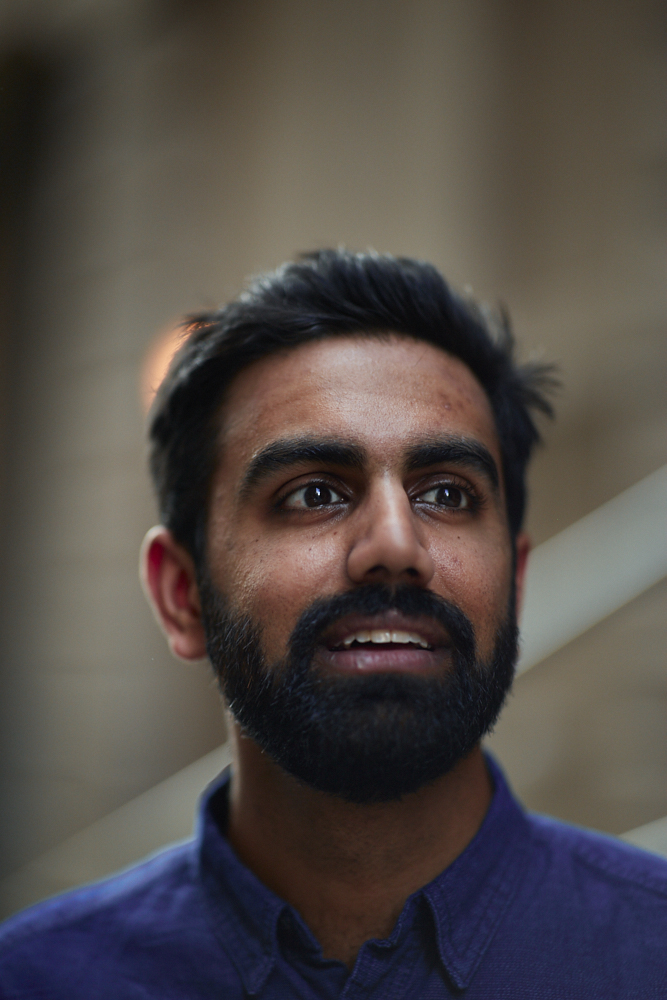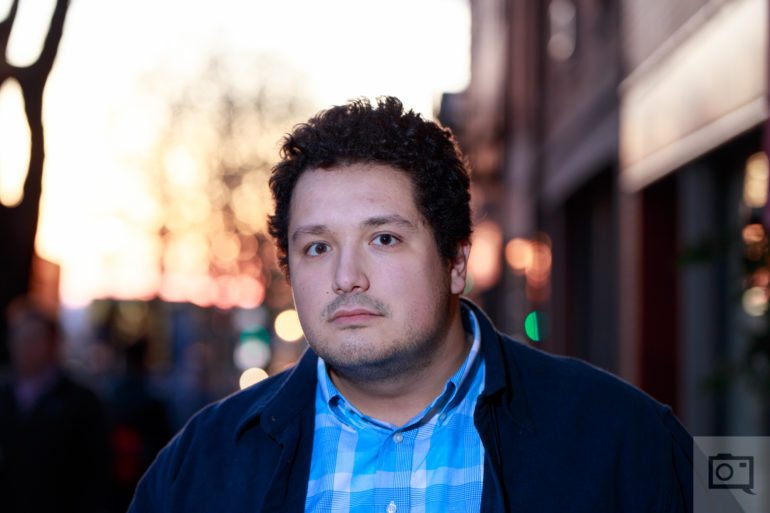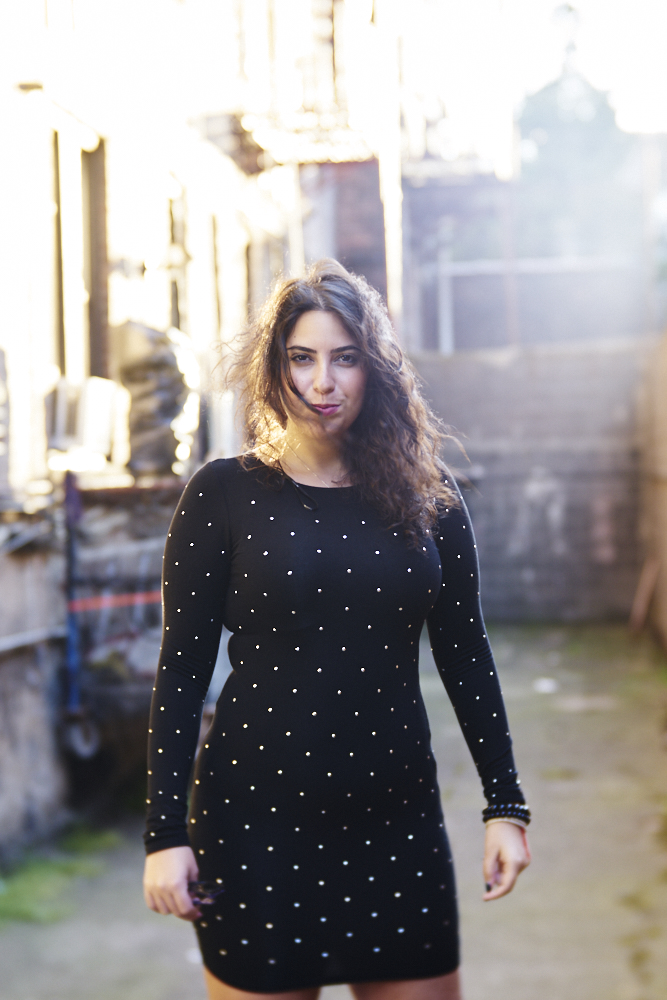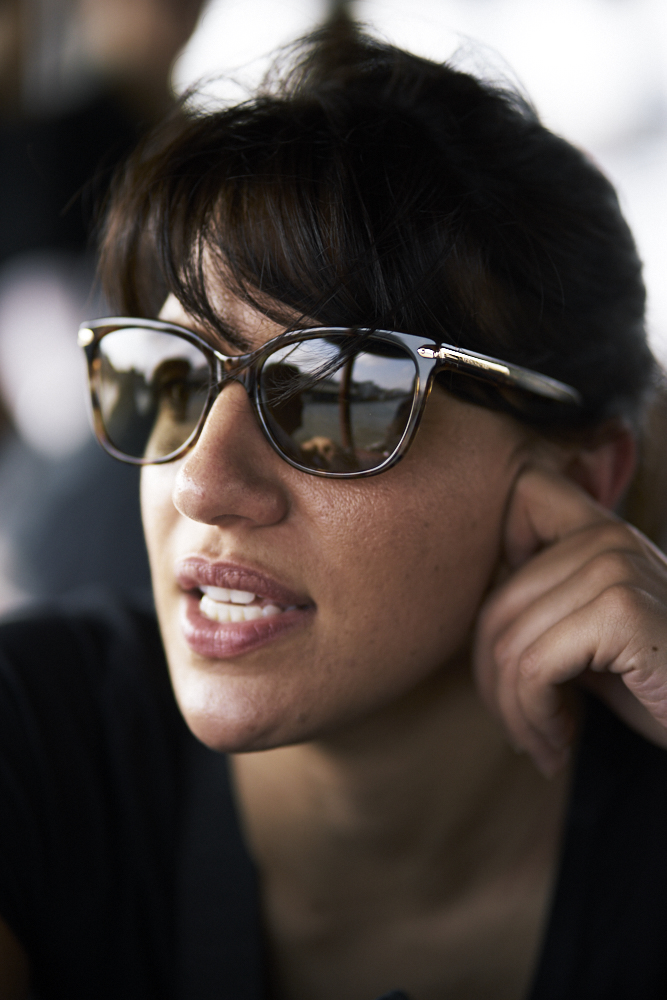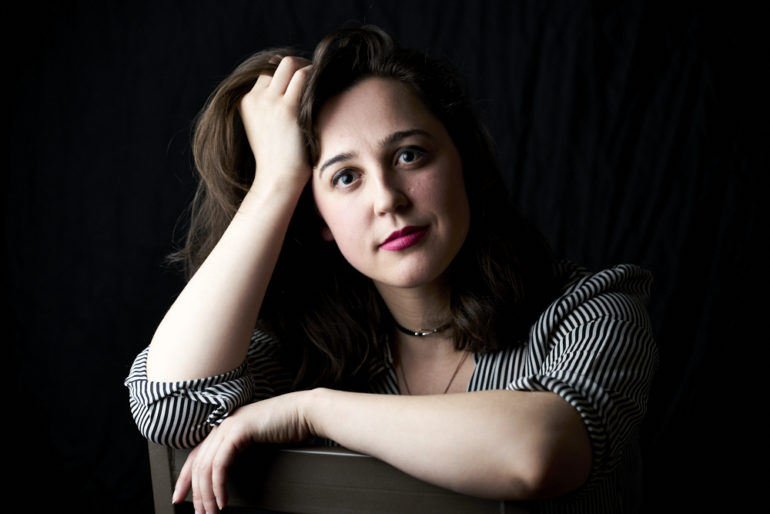Last Updated on 08/09/2018 by Mark Beckenbach
Using an 85mm lens is pretty much as simple as mounting it and shooting. But here’s how you can get more from it.
The 85mm lens is a darling of many photographers due to its design. It is a short telephoto focal length and one of the best options when it comes to portrait photography. Many photographers enjoy its versatility; an 85mm lens can shoot street photography, candids, portraits, and landscapes if you’re in the right place. And like most of photography, getting the most from your 85mm lens requires you to be in the right place at the right time while making the most of your subject matter. For example, did you know an 85mm lens can deliver a variety of looks even though it is arguably the best option for portraiture? Let’s dive in.
Understanding the 85mm Lens
Before I get into the 85mm lens, I want to cover two other very popular focal lengths: 35mm and 50mm. 35mm is a good overall lens because it lets you take in wide scenes, equivalent to how people see. 50mm is what people mostly concentrate on. But 85mm is more of what I like to call the cinematic look. A 35mm lens will distort faces or objects that are too close to the camera or on the edges of the frame. A 50mm can do the same. However, an 85mm will flatten everything out each and every time. For that reason, the 85mm lens is often most regarded for portraiture because it allows you to work relatively close to your subject while giving you everything that you need to shoot a decent portrait. Its limitation of course is that due to the longer focal length, you often physically need more room in the environment to shoot with it. So if you’re in a cramped studio, an 85mm lens will be very difficult to use.
So what does this mean in practice:
- You need to give a bit of distance between you and your subject. I’d say anywhere between three and four feet.
- Comparatively speaking, you’re going to get less of the scene in focus.
- Because 85mm lenses are typically designed with a fast aperture, you can use them in most lighting situations
- On the streets? Put some distance between you and your subject matter.
- In a studio? Get close in most cases.
Stop It Down Just a Little Bit
I’ve always said that with 85mm lenses, there is almost no good reason to stop them down all that much unless the exposure truly calls for it. Most modern 85mm lenses are built to be sharp when shooting with them wide open. But if you’re working with something like an 85mm f1.4 or 85mm f1.8 and shooting a portrait, then little of your subject will actually be in the focus. With that said, I recommend stopping your lens down typically no more than f5.6 unless the situation calls for it. On top of that, the more stopped down you are, the more you should get physically closer to your subject. The closer you are, the less will be in focus at a given aperture. But it will still mean that there is enough of the scene in focus for you to get a really pleasing portrait.
When you stop your lens down, a number of things happen:
- The quality increases
- The lens gets sharper
- More of the scene becomes in focus
- The bokeh changes a bit
While we’re all in love with shooting wide open at f1.4 or something like that, try working on average at f2.8 if you’re shooting in bright daylight. If you’re in the shade or indoors, try opening the aperture up more. Combine this with either locking your white balance to 5600K (5500K) or 3200K and you’ll get even more of that cinematic look.
Take the Lens Hood Off for Less Contrast and More Lens Flare
Most photographers are trained to shoot portraits with their lens hoods on. Depending on your side of the camp, you’re either doing yourself an injustice or getting exactly what you want. If you’re looking for that low contrast type of look that’s really in right now, then take the lens hood off when shooting. The lens hood is designed to cut down on lens flare and to increase contrast. When the contrast is increased, then the overall scene will appear sharper when not looking at it at 100%. If you have something like a Zeiss or Sigma 85mm lens that has a lot of contrast, take it off.
Of course depending on the lens that you’re working with, you can also get a whole lot of problems. For example, photographers still using the old Canon 85mm f1.8 will get fringing issues galore. Same goes for the 85mm f1.2 L, but to be fair that is a lens designed to make people look good no matter what.
Changing and Understanding Your Perspectives
Using an 85mm lens has to do with fundamentally changing your understanding of what a portrait is and how it is rendered. Some folks think of a headshot, others think about wider spaces. You’ll need to look at and understand a variety of portraits. Most of them can be taken with an 85mm lens, but a lot of photographers may also reach for something like a 105mm or a 135mm option. With an 85mm lens, you have the most versatility overall vs the other focal lengths.
- If you like tight headshots, try stepping back by a foot.
- If you like photographing someone from the waist up, try moving a bit closer to them.
- If you like photographing someone from the front on, try moving around and shooting them from the side at an angle.


